3D LIPO LONDON
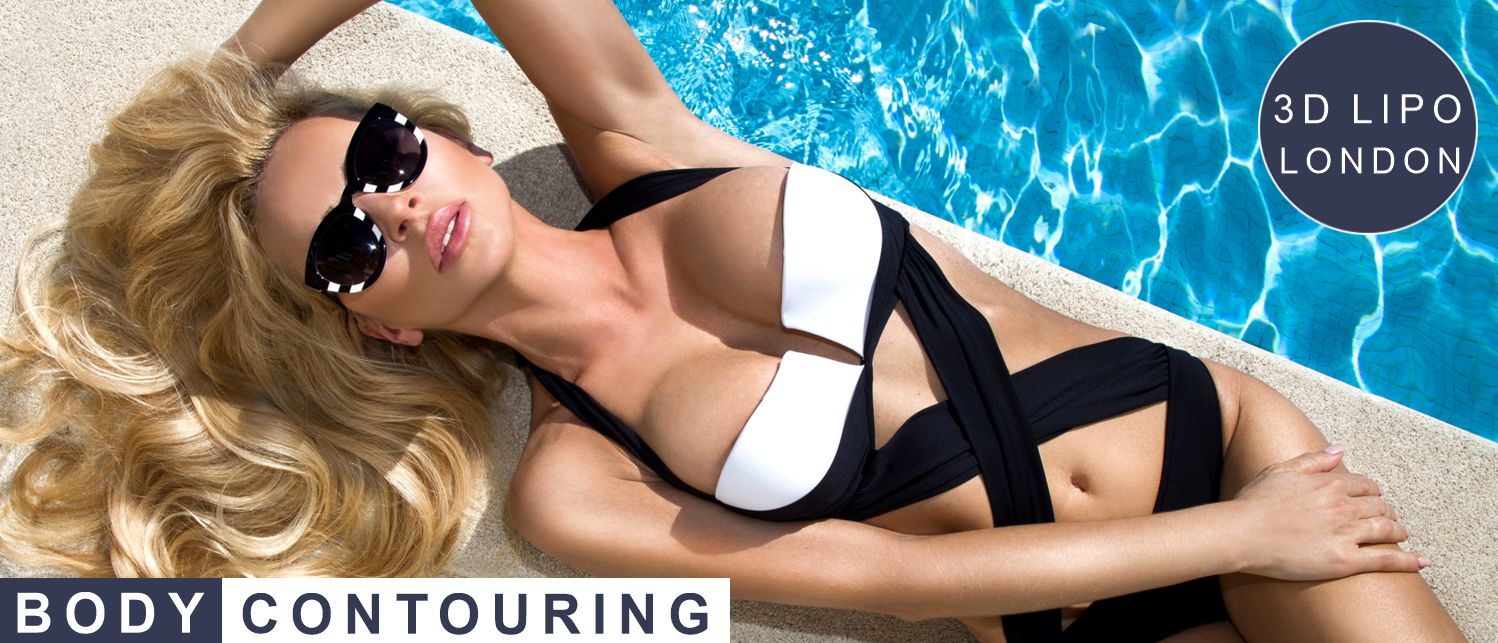
The Future of Body Contouring: A Revolution in Aesthetic Medicine
16th August 2024
Body contouring, the art and science of reshaping and sculpting the human form, has evolved significantly over the past few decades. Originally the domain of invasive surgical procedures like liposuction and tummy tucks, the field has expanded to include a wide array of non-invasive and minimally invasive techniques. These innovations have made body contouring more accessible, safer, and more appealing to a broader range of patients. As technology continues to advance, the future of body contouring promises even more dramatic changes, with new techniques, tools, and approaches that could revolutionize the way we think about body aesthetics.
The Evolution of Body Contouring: From Surgery to Non-Invasive Procedures
The history of body contouring is deeply rooted in surgical practices. Traditional body contouring surgeries, performed, such as liposuction, abdominoplasty (tummy tuck), and body lifts, were designed to remove excess fat and tighten skin up, sculpting the body into a more desirable shape. These procedures are often effective, but they come with significant drawbacks, including lengthy recovery times, potential complications, and the high costs associated with surgery.
Liposuction, for instance, has been a mainstay in body contouring since its development in the 1970s. It involves the physical removal of fat cells from specific areas of the body, typically the abdomen, thighs, buttocks, and arms. While highly effective, liposuction is an invasive procedure that requires anesthesia, carries risks such as infection and scarring, and demands a recovery period that can last several weeks.
In contrast, the past two decades have seen a shift towards less invasive and nonsurgical body contouring techniques, driven by patient demand for safer, quicker, and more comfortable procedures. Non-invasive and minimally invasive body contouring methods have gained popularity due to their ability to achieve noticeable results with minimal downtime. This shift has been fueled by advances in medical technology, including the development of devices that use cryolipolysis (fat freezing), laser energy, ultrasound, and radiofrequency to target and eliminate fat cells without the need for surgery.
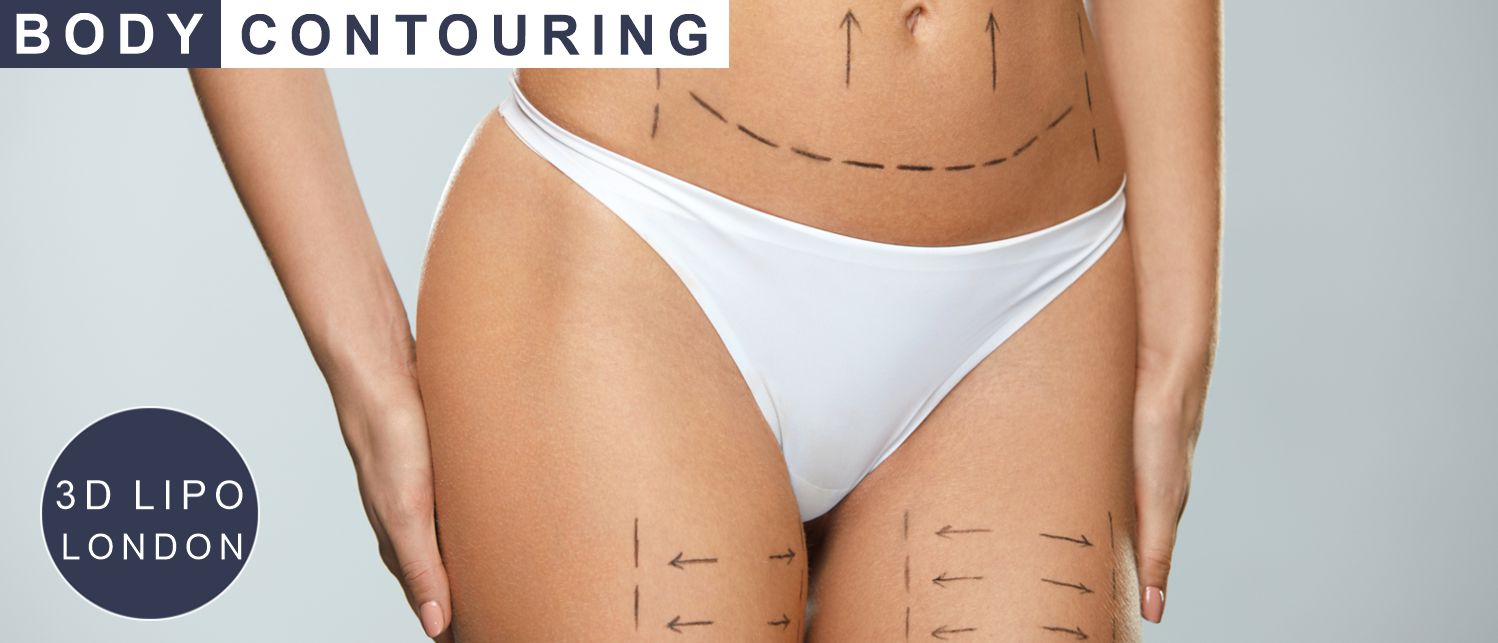
Technological Innovations Shaping the Future of Body Contouring
The future of body sculpting, encompassing various cosmetic procedures aimed at reshaping and enhancing body contours through both non-surgical and surgical techniques, is being shaped by a number of technological innovations that promise to make these procedures even more effective, safer, and accessible. These advancements are not only improving the results of most body contouring procedures, but are also expanding the range of surgical options now available to patients.
1. Cryolipolysis and Beyond: The Next Generation of Nonsurgical Fat Reduction Treatments
Cryolipolysis, the technology behind CoolSculpting, has been a game-changer in non-invasive body contouring. The fat freezing procedure, a non-invasive body sculpting treatment that utilizes cryolipolysis to both target fat cells and reduce fat cells, works by
2. Radiofrequency and Ultrasound: Revolutionizing Skin Tightening for Sagging Skin
While fat reduction has been the primary focus of many body contouring procedures, skin tightening is an equally important aspect of achieving a toned and youthful appearance. As we age, our skin loses elasticity, leading to sagging and the appearance of wrinkles. This issue is particularly pronounced after significant weight loss, where excess, loose skin can detract from the overall results of body contouring efforts.
Radiofrequency (RF) and ultrasound technologies have emerged as powerful tools for non-invasive skin tightening. These technologies work by delivering energy deep into the skin, stimulating collagen production and promoting tissue remodeling. The result is firmer, smoother skin with improved elasticity and texture.
The future of RF and ultrasound in body contouring lies in the refinement of these technologies to achieve even better results with fewer treatments. Researchers are exploring new ways to optimize energy delivery, ensuring that the right amount of heat is applied to the targeted tissues without causing discomfort or damage to excess skin in the surrounding areas. This could lead to the development of more effective and comfortable skin-tightening treatments that offer long-lasting results.
Furthermore, advancements in RF and ultrasound devices are making these treatments more versatile, allowing practitioners to address a wider range of concerns. For example, next-generation RF devices may be able to target deeper layers of fatty tissue, providing more dramatic lifting and tightening effects. Similarly, ultrasound technology is being refined to improve its ability to target specific fat deposits, making it an increasingly valuable tool in combination treatments.
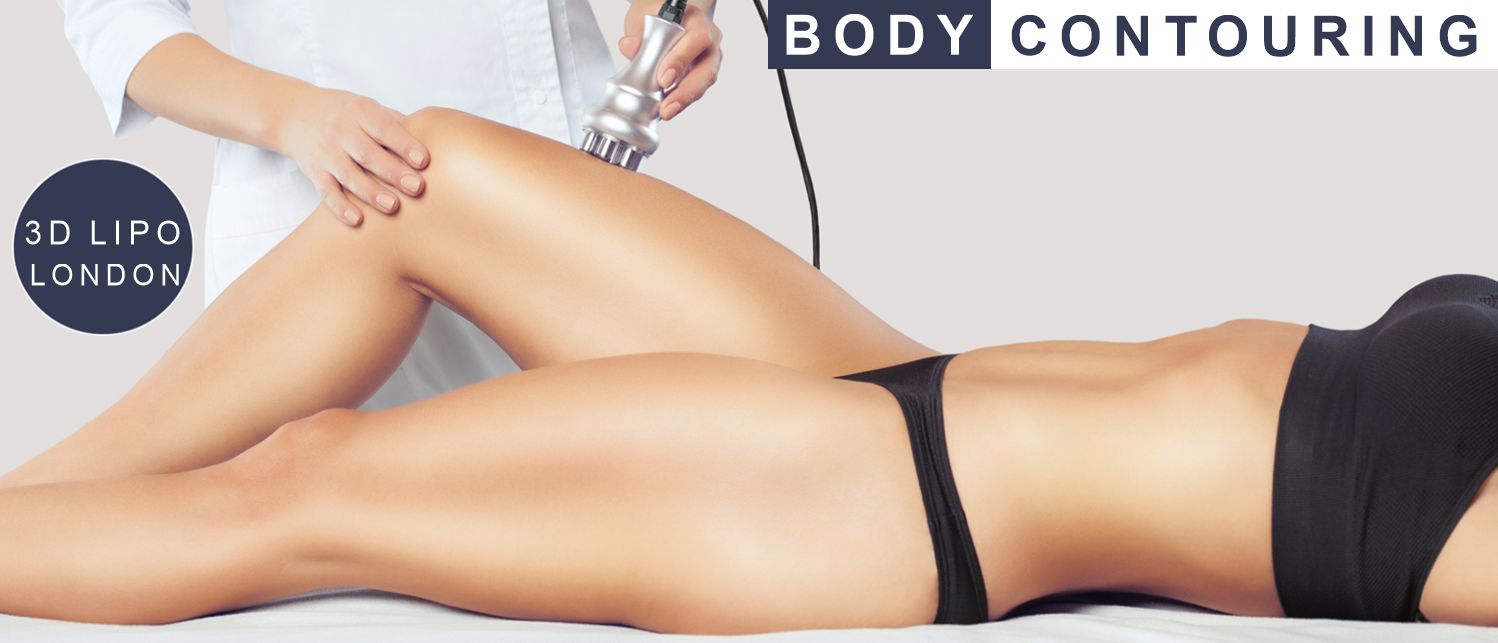
3. Laser-Assisted Body Contouring: Precision and Versatility
Laser technology has long been a staple in the field of aesthetic medicine, with applications ranging from hair removal to skin resurfacing. In body contouring, lasers are used to selectively target and destroy fat cells, as well as to tighten and rejuvenate the skin. Laser-assisted lipolysis, for instance, is a minimally invasive procedure that uses laser energy to liquefy fat before it is removed through a small cannula. This technique offers several advantages over traditional liposuction, including less trauma to the surrounding tissues, reduced downtime, and the added benefit of skin tightening.
As we look to the future, laser technology is expected to play an even more prominent role in body contouring. Ongoing advancements in laser design and delivery systems are making these treatments more precise, effective, and customizable. For example, new laser devices are being developed with the ability to adjust the wavelength and energy output based on the specific needs of the patient, allowing for a more tailored approach to body contouring.
In addition to fat reduction and skin tightening, lasers are also being used to address other body contouring concerns, such as cellulite and stretch marks. By targeting the underlying causes of these conditions, lasers can help to smooth and tone the skin, enhancing the overall appearance of the treated areas. The versatility of laser technology makes it an invaluable tool in the body contouring arsenal, with applications that are likely to expand in the coming years.
4. Combination Therapies: The Future of Comprehensive Body Contouring
One of the most exciting trends in body contouring is the rise of combination therapies, where multiple modalities are used in conjunction to achieve more comprehensive and synergistic results. By combining different technologies, such as cryolipolysis, RF, ultrasound, and laser, practitioners can address multiple aspects of body contouring in a single treatment session. This approach not only enhances the overall outcome but also provides a more convenient and efficient experience for patients.
For example, a combination therapy might involve the use of cryolipolysis to reduce fat in the abdomen, followed by RF treatment to tighten the skin, remove fat, and improve its texture. Alternatively, laser-assisted lipolysis could be combined with ultrasound for more precise fat removal and skin tightening in areas that are difficult to treat with a single modality. These combination treatments are designed to offer a more holistic solution to body contouring, addressing not only fat reduction but also skin laxity, cellulite, and other aesthetic concerns.
As the field of body contouring continues to evolve, combination therapies are expected to become increasingly sophisticated, with new protocols and treatment algorithms being developed to optimize results. AI and machine learning are likely to play a role in this process, helping practitioners to determine the most effective combination of treatments for each individual patient. This personalized approach to body contouring is set to become the standard of care in the future, offering patients a more tailored and effective solution to their body shaping goals.

The Role of AI and Personalization in the Future of Body Contouring
Artificial intelligence (AI) is poised to revolutionize the field of body contouring, offering new possibilities for personalized treatment planning and enhanced outcomes. By analyzing a wide range of data, including body composition, skin type, and patient preferences, AI can help practitioners develop highly customized treatment plans that are tailored to the specific needs and goals of each patient.
1. AI-Driven Treatment Planning
One of the most promising applications of AI in treatment area of body contouring is its ability to assist in treatment planning. Traditionally, the development of a treatment plan has relied heavily on the experience and intuition of the practitioner. While this approach can be effective, it is inherently subjective and may not always lead to the best possible outcome.
AI has the potential to change this by providing practitioners with data-driven insights that can help them make more informed decisions. For example, AI algorithms can analyze a patient's body composition, including factors such as fat distribution, muscle mass, and skin elasticity, to determine the most appropriate treatment options. This analysis can also take into account the patient's medical history, lifestyle factors, and aesthetic goals, ensuring that the treatment plan is both safe and effective.
In addition to helping with treatment planning, AI can also assist in optimizing the delivery of body contouring procedures. For example, AI-powered devices can adjust the intensity and duration of energy delivery based on real-time feedback from the patient's body, ensuring that the treatment is both comfortable and effective. This level of precision and customization is expected to become a key feature of body contouring procedures in the future.
2. Predictive Analytics and Outcome Optimization
Another exciting application of AI in body contouring is the use of predictive analytics to optimize treatment outcomes. By analyzing large datasets from previous patients, AI can identify patterns and trends that may not be immediately apparent to human practitioners. This information can then be used to predict how a patient is likely to respond to a particular treatment, allowing practitioners to adjust the treatment plan as needed to achieve the best possible results.
For example, AI might identify that patients with a certain body type desired weight, or skin condition are more likely to experience complications or suboptimal results with a specific treatment. Armed with this knowledge, practitioners can make more informed decisions about which treatments to recommend and how to tailor them to the individual patient's needs. This predictive capability has the potential to significantly improve the safety and efficacy of body contouring procedures, reducing the risk of complications and enhancing patient satisfaction.
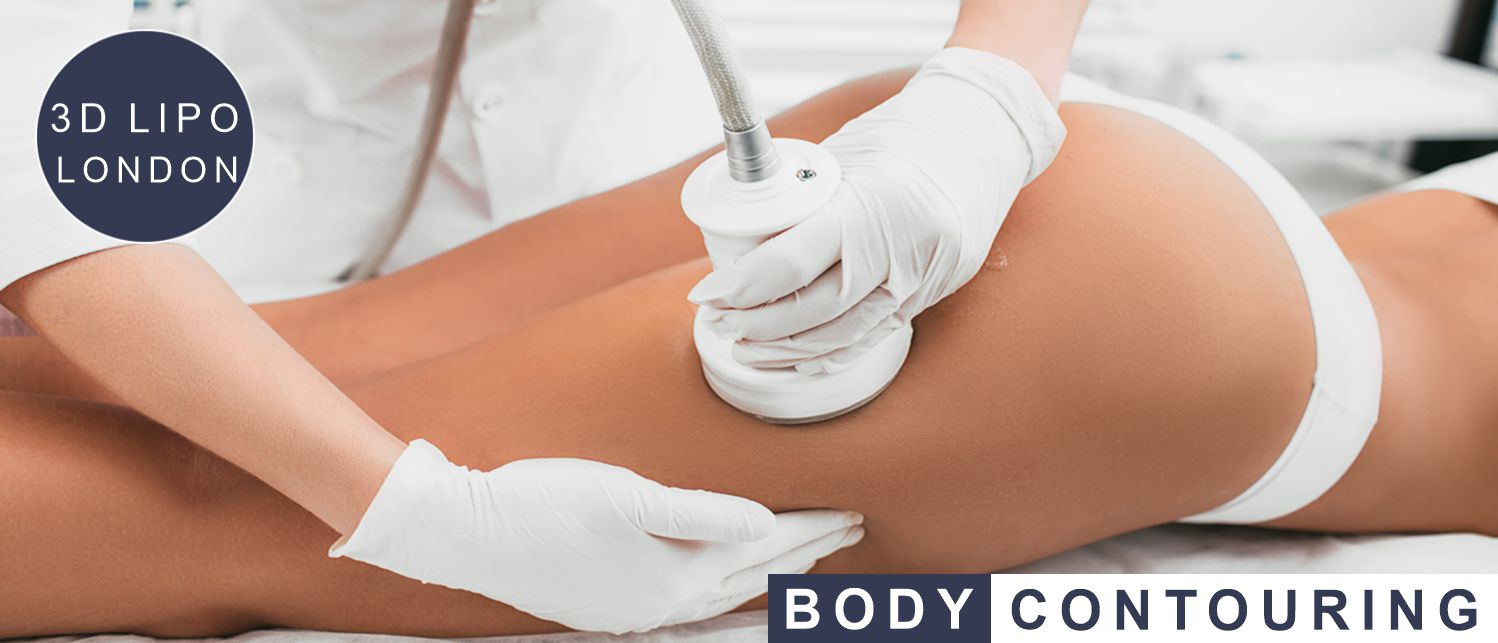
3. Virtual Consultations and Remote Monitoring
The integration of AI into body contouring is also expected to enhance the patient experience, making it more convenient and accessible. Virtual consultations, powered by AI, are already becoming more common, allowing patients to receive expert advice and treatment recommendations from the comfort of their own homes. During these consultations, AI algorithms can analyze the patient's body and provide a detailed assessment, helping to guide the discussion and ensure that the patient's goals are clearly understood.
Remote monitoring is another area where AI is likely to have a significant impact. After undergoing a body contouring procedure, patients can use AI-powered apps or devices to track their progress and receive personalized feedback on their own recovery time. These tools can monitor a range of metrics, such as changes in body composition, skin tone, and overall health, and provide real-time insights that help patients stay on track with their treatment plan. This level of support and guidance is expected to improve patient outcomes and satisfaction, making body contouring a more seamless and rewarding experience.
Regenerative Medicine and Its Impact on Body Contouring
Regenerative medicine, which involves the use of stem cells and other biological materials to repair and regenerate tissues, is another area that holds great promise for the future of body contouring. While still in the early stages of development, regenerative medicine has the potential to revolutionize the field by offering new ways to enhance and maintain the results of body contouring procedures.
1. Stem Cell Therapy for Skin Rejuvenation and Fat Transfer
One of the most exciting applications of regenerative medicine in body contouring is the use of stem cells for skin rejuvenation and fat transfer procedures. Stem cells have the unique ability to differentiate into various types of cells, making them a powerful tool for tissue regeneration. In the context of body contouring, stem cells can be used to promote the growth of new collagen and elastin fibers, leading to improved skin elasticity and firmness.
Stem cell therapy can also be used to enhance the results of fat transfer procedures, where fat is harvested from one part of the body and injected into another to create a more desirable shape. By adding stem cells to the transferred fat, practitioners and plastic surgeons can improve the survival rate of the fat cells and promote the growth of new tissue, leading to more natural and long-lasting results. This approach is particularly beneficial for patients seeking to add volume to areas such as the buttocks, breasts, or face.
The use of stem cells in body contouring is still a relatively new area of research, but early results are promising. As our understanding of stem cell biology continues to grow, it is likely that we will see more widespread adoption of this technology in the coming years, offering patients a new way to achieve and maintain their desired body shape.
In addition to stem cells, other components of regenerative medicine, such as platelet-rich plasma (PRP) and growth factors, are also being explored for their potential applications in body contouring. PRP is derived from the patient's own blood and contains a high concentration of platelets, which are rich in growth factors that promote tissue healing and regeneration. When injected into the skin or used in conjunction with other methods in body contouring procedures, PRP can enhance the results by stimulating collagen production and improving skin texture.
Growth factors, which are proteins that regulate cell growth and differentiation, are another promising area of research. These molecules can be used to stimulate the production of new tissue in areas where it is needed, such as in the aftermath of fat reduction or skin tightening procedures. By promoting the regeneration of healthy tissue, growth factors can help to enhance the overall results of body contouring and improve the longevity of the treatment outcomes.
As regenerative medicine continues to advance, it is likely that these and other biological therapies will become increasingly integrated into body contouring procedures. The ability to regenerate and repair tissues on a cellular level offers exciting possibilities for achieving more natural and lasting results, making regenerative medicine a key area of focus for the future of body contouring.
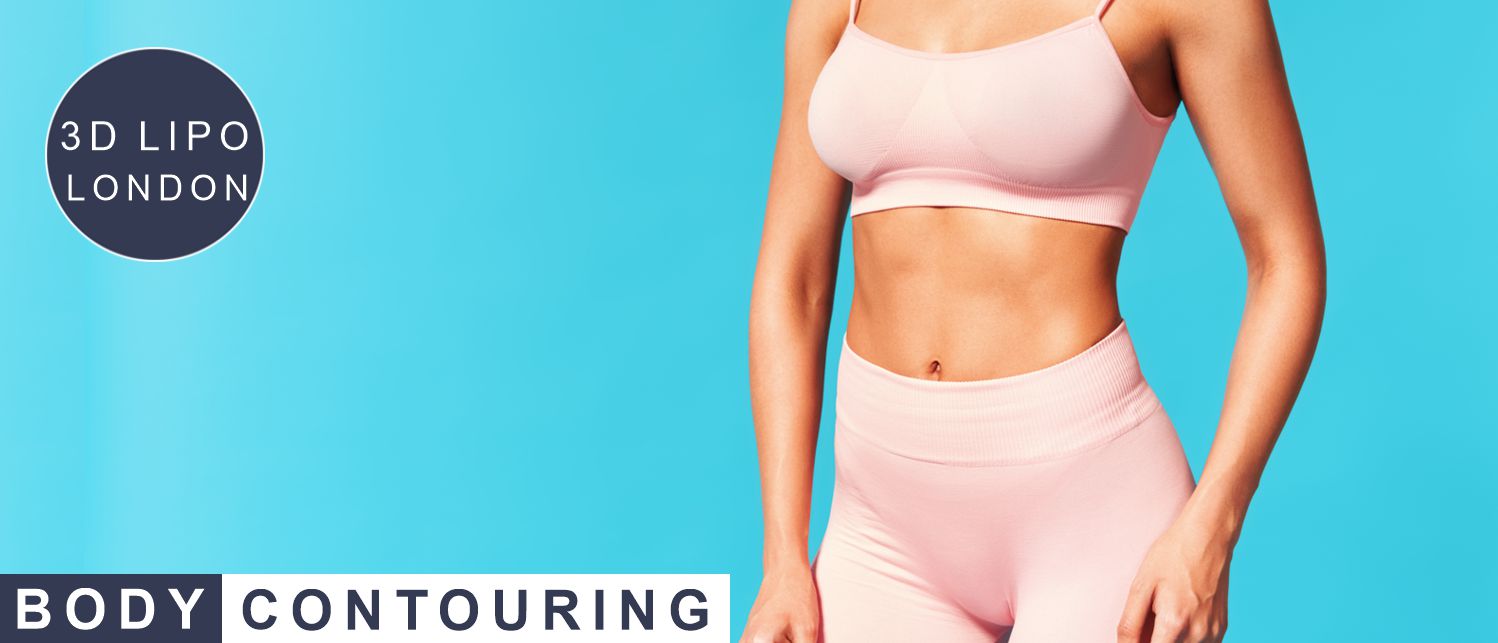
The Holistic Approach: Integrating Wellness and Aesthetics
As the field of body contouring evolves, there is a growing recognition of the importance of taking a holistic approach that integrates both wellness and aesthetics. This approach recognizes that achieving a desirable body shape is not just about reducing fat or tightening skin, but also about promoting overall health and well-being. By addressing the underlying factors that contribute to body composition and skin health, practitioners can help patients achieve more balanced and sustainable results.
1. The Role of Nutrition and Exercise in Body Contouring After Significant Weight Loss
One of the key components of a holistic approach to body contouring is the integration of nutrition and exercise into the treatment plan. While non-invasive procedures can effectively reduce fat and improve skin tone, they are most effective when combined with a healthy diet and exercise lifestyle that supports these outcomes. This means that patients are encouraged to adopt a balanced diet and regular exercise routine both before and after undergoing body contouring treatments.
Nutrition plays a crucial role in body contouring, as the foods we eat can have a direct impact on our body composition and skin health. For example, a diet that is rich in antioxidants, healthy fats, and lean proteins can support collagen production and help to maintain skin elasticity. Similarly, reducing the intake of processed foods and sugars can help to prevent inflammation and promote overall wellness.
Exercise is also a key factor in achieving and maintaining the results of body contouring. Regular physical activity not only helps to burn calories and reduce fat but also promotes muscle tone and improves circulation to muscles, which can enhance the effectiveness of body contouring treatments. By incorporating exercise into the treatment plan, practitioners can help patients achieve a more toned and sculpted appearance that complements the results of their body contouring procedures.
2. Stress Management and Hormonal Balance
In addition to nutrition and exercise, stress management and hormonal balance are also important factors in a holistic approach to body contouring. Chronic stress can have a negative impact on the body, leading to weight gain, skin issues, and other health problems that can undermine the results of body contouring treatments. By helping patients to manage stress through techniques such as meditation, yoga, and mindfulness, practitioners can support their overall well-being and enhance the effectiveness of their treatments.
Hormonal balance is another important consideration, particularly for women who may experience fluctuations in hormone levels due to factors such as pregnancy, menopause, or hormonal disorders. Imbalances in hormones such as estrogen, cortisol, and insulin can contribute to weight gain, skin changes, and other issues that can affect the results of body contouring. By addressing these imbalances through lifestyle changes, supplements, or medical treatments, practitioners can help patients achieve more consistent and long-lasting results.
3. The Importance of Self-Care and Mental Health
Finally, self-care and mental health are essential components of a holistic approach to body contouring. Achieving a desirable body shape is not just about physical appearance; it is also about feeling confident and comfortable in one's own skin. By promoting self-care practices such as skincare, relaxation, and positive body image, practitioners can help patients to feel more satisfied with their results and to maintain a healthy relationship with their bodies.
Mental health is also a critical consideration, as body contouring can have a significant impact on a patient's self-esteem and overall well-being. Practitioners should be mindful of the psychological aspects of body contouring and offer support and guidance to help patients navigate the emotional challenges that may arise. This might include counseling, support groups, or other resources to help patients feel empowered and confident in their journey towards their ideal body shape.
Ethical Considerations and Accessibility in the Future of Body Contouring
As surgical body contouring continues to evolve, ethical considerations around the accessibility and marketing of these procedures will become increasingly important. While technological advancements are making body contouring more effective and accessible, there are still significant barriers that need to be addressed to ensure that these treatments are available to all who seek them.
1. Affordability and Access to Care
One of the primary ethical concerns in body contouring is affordability. While non-invasive and minimally invasive body sculpting procedures are generally less expensive than traditional surgery, they can still be costly, particularly when multiple sessions are required to achieve the desired results. This can make body contouring inaccessible to individuals who cannot afford these treatments, leading to disparities in access to care.
As the field continues to advance, there will be a need to address these disparities by making body contouring more affordable and accessible. This could involve the development of lower-cost technologies, the expansion of insurance coverage for certain procedures, or the creation of financing options that make these treatments more accessible to a wider range of patients.
2. Marketing and Patient Expectations
Another important ethical consideration is the marketing of body contouring procedures and the management of patient expectations. As the popularity of body contouring surgery continues to grow, there is a risk that some providers may overpromise or exaggerate the potential outcomes of these treatments. This can lead to unrealistic expectations and disappointment, as well as potential harm if patients pursue treatments that are not appropriate for their needs.
To address this issue, it is essential that practitioners provide clear, accurate, and honest information about the potential benefits and limitations of body contouring procedures. This includes educating patients about the risks and potential complications, as well as setting realistic expectations for the results. By promoting transparency and ethical marketing practices, the body contouring industry can help to ensure that patients are well-informed and make decisions that are in their best interest.
3. Regulation and Training
As new technologies and treatments continue to emerge, there will be a growing need for regulation and oversight to ensure the safety and efficacy of body contouring procedures. This includes establishing standards for the training and certification of practitioners, as well as the regulation of the devices and products used in these treatments. By setting high standards for safety and quality, the industry can help to protect patients and promote the responsible use of body contouring technologies.
Conclusion: A Promising Future for Body Contouring
The future of body contouring is bright, with advancements in technology, regenerative medicine, and personalized care promising to make these treatments more effective, safe, and accessible than ever before. As the field continues to evolve, patients will have more options and greater control over their body shaping goals, allowing them to achieve their ideal weight and desired results with minimal downtime and maximum satisfaction.
However, as we look to the future, it is also important to consider the ethical implications of these advancements and to ensure that body contouring remains accessible and safe for all who seek it. By taking a holistic approach that integrates wellness and aesthetics, and by promoting transparency and ethical practices, the body contouring industry can continue to grow and thrive, offering patients the tools they need to feel confident and empowered in their own skin.
As we move forward, the combination of cutting-edge technology, personalized care, and a commitment to patient well-being will define the next era of body contouring, creating a world where everyone has the opportunity to achieve their ideal body shape in a way that is both safe and sustainable. Whether through the use of AI-driven treatment plans, regenerative medicine, or holistic wellness strategies, the future of body contouring holds endless possibilities for those seeking to enhance their appearance and improve their quality of life.
Related Articles
Body Contouring Treatments
TECHNOLOGY WE OFFER

FIND US IN LONDON
Opening Hours
Monday—Friday: 9:00AM–7:00PM
Saturday – 9:00AM–7:00PM
About Us
Welcome To 3D Lipo London Where We Specialize In Laser Hair Removal, In A Non-Invasive Way Achieving Great Result We Have Been Around A While Now, We Offer A Range Of Different Treatments such as LASER HAIR REMOVAL - 3D HYDRO2 FACIAL - POWER SCULPT - VASCULASE
Our Technology
Here At our London clinic We Use Ultimate 3DLipo Aesthetic Technology The Next Generation Multi-Technology Platform Containing The Latest Combination Of Advanced Technologies Designed To Offer A Complete And Prescriptive Approach To Non-Surgical Treatments.
